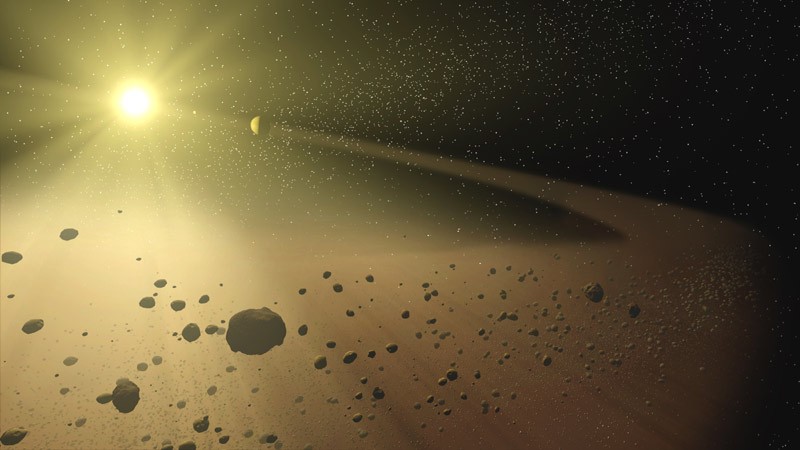
Scientists at NASA's Jet Propulsion Laboratory (JPL) have discovered the 10,000th Near-Earth Object (NEO) which could pass near Earth.
"Finding 10,000 near-Earth objects is a significant milestone," said Lindley Johnson, program executive for NASA's Near-Earth Object Observations Program at NASA Headquarters, Washington.
The latest discovery, asteroid 2013 MZ5, was first sighted on 18 June by the Pan-STARRS-1 telescope which is located on the summit of the Haleakala crater in Maui. It measures approximately 1,000 feet (300 metres) across.
Scientists studying the orbit of the 2013 MZ5 have dispelled fears of it posing as a threat to the world.
Of the entire 10,000 asteroids and comets discovered about 98 percent of the NEOs were the results of various NASA-supported findings.
Speaking of NASA's Near Earth Object Observation (NEOO) program launched in 1998, program manager Don Yeomans said, "The first near-Earth object was discovered in 1898.Over the next hundred years, only about 500 had been found. But then, with the advent of NASA's NEO Observations program in 1998, we've been racking them up ever since. And with new, more capable systems coming on line, we are learning even more about where the NEOs are currently in our solar system, and where they will be in the future."
According to NASA, "Of the 10,000 discoveries, roughly 10 percent are larger than six-tenths of a mile (one kilometer) in size - roughly the size that could produce global consequences should one impact the Earth."
However, the NEO program till now has not found any of the discoveries which pose potential threats of collision with earth and added "probably only a few dozen more of these large NEOs remain undiscovered."
Tim Spahr, director of the Minor Planet Center is of the view that the appearance of the NEO is said to have strategically increased over the years.
"When I began surveying for asteroids and comets in 1992, a near-Earth object discovery was a rare event. These days we average three NEO discoveries a day, and each month the Minor Planet Center receives hundreds of thousands of observations on asteroids, including those in the main-belt. The work done by the NASA surveys, and the other international professional and amateur astronomers, to discover and track NEOs is really remarkable," said Spahr.










